After Hurricane Ian, which jobs are lost to Southwest Florida? Which will come back sooner?
The destruction Hurricane Ian dealt to Southwest Florida in terms of lives, properties and jobs lost will resonate for years.
The Miami Herald reached out to Edward “Ned” Murray, associate director of the Jorge M. Pérez Metropolitan Center at Florida International University, and John Quelch, dean of the University of Miami Herbert Business School, to discuss what the Southwest Florida communities can expect in the job market’s makeup after Ian.
Both agreed the industries that have sustained this part of the state for generations — tourism and hospitality — will see big job losses in the immediate future. Storm-battered communities like Sanibel, Captiva, Fort Myers Beach and Pine Island include some of the most attractive locales in the state that draw tourists and locals alike. They are home, too, for thousands of residents and employees of local businesses.
Beloved Captiva restaurants like The Mucky Duck and The Bubble Room, as well as vacation spots like South Seas Island Resort on Captiva and Sanibel’s Casa Ybel Resort, along with hotel chains, have been hard hit and may take months to rebuild. After Hurricane Charley ravaged Southwest Florida in August 2004, it took 18 months — and a multimillion-dollar renovation — for South Seas Island Resort to reopen after getting severely damaged by the storm.
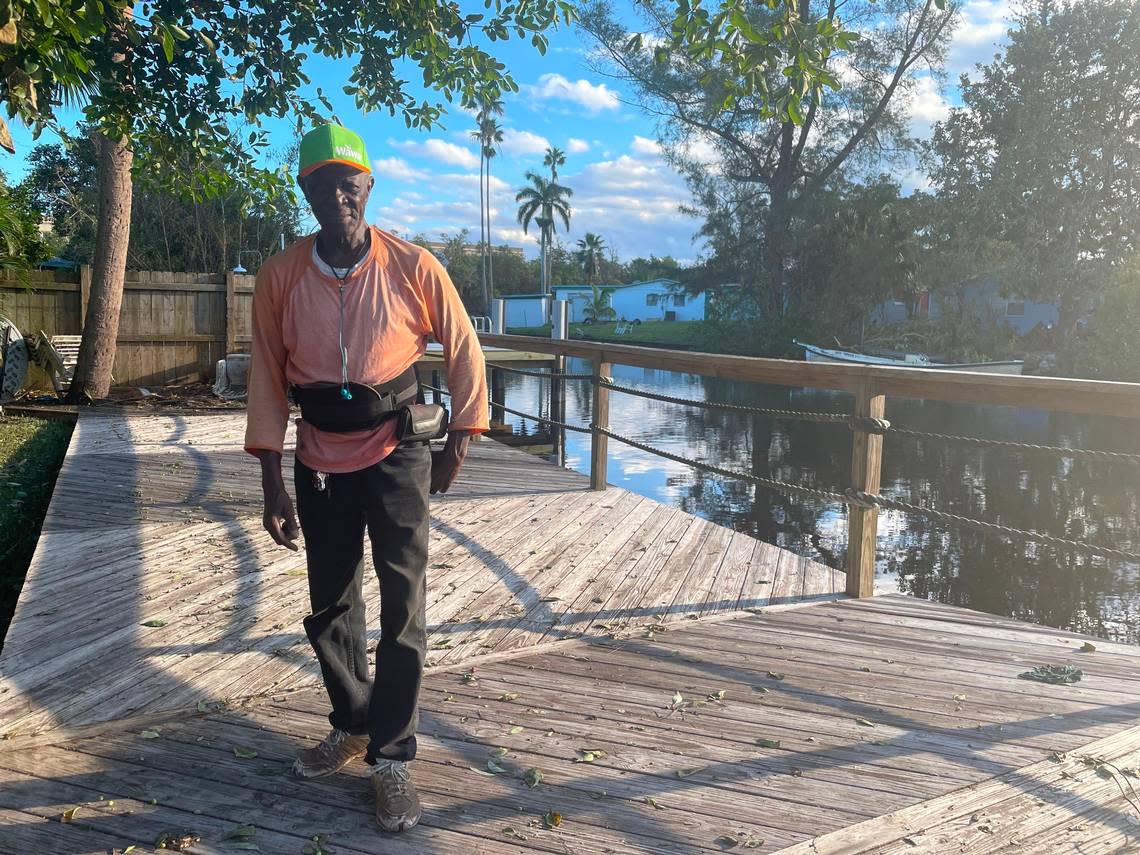
READ MORE: Your favorite Sanibel and Captiva hangouts were ground zero of hurricane
Concerns about doctors, dentists, professionals
One group that can get overlooked, and should not be underestimated, Quelch said, is the professional service suppliers — the doctors, dentists, accountants and lawyers, among others — whose practices may suffer financially.
“Imagine you’re a dentist who was operating on Sanibel Island with your own practice or any number of service providers of that nature. These people are obviously in a very difficult situation both from a stress point of view, as well as a financial point of view, so we shouldn’t overlook them,” Quelch said.
“A significant number of people will have lost their livelihoods and who are displaced and without homes and dispersed to other communities or living with relatives in Orlando or whatever. They’re simply not around and probably the last thing they’re interested in, or thinking about at the moment, is getting their annual dental checkup, just to give you an illustration,” Quelch said.
Sanibel resident got a glimpse of her duplex. ‘It just was paradise and it’s Paradise Lost’
Some may set up temporary offices
Ian’s destruction will also provide opportunities in other job sectors in the immediate future, Murray and Quelch said, such as construction and certain industries that could set up temporary satellite offices that could turn permanent.
“There are a lot of service industries that could, if incentives are provided, potentially relocate to that area. For example, insurance,” Quelch suggested. “The insurance industry might find it quite useful to deploy more personnel and set up regional or sub-regional offices in that area. That’s just one example, especially with remote work being so involved these days, there is an opportunity for economic incentives that play a role in accelerating the restoration of the local economy.”
READ MORE: UM business school dean to step down at end of the year
Some other industries, including fast-food outlets, have been known to deploy staffers temporarily to storm-damaged areas to establishments that can safely operate until displaced residents and regular employees can return or new permanent hires can start.
Southwest Florida’s particular challenges are due to the nature of Hurricane Ian, a powerful near-Category 5 storm that had a storm surge of more than 10 feet.
“Ian is unprecedented due to the levels of storm surge and flooding,” said Murray.
READ MORE: Historic storm surge. Record flooding. Ian’s lesson in the rising risk of hurricanes
By comparison, Hurricanes Andrew, which made landfall in South Miami-Dade in August 1992, and Charley, whose path tore through Southwest Florida in 2004, were characterized more by their powerful winds.
What jobs face the biggest losses?
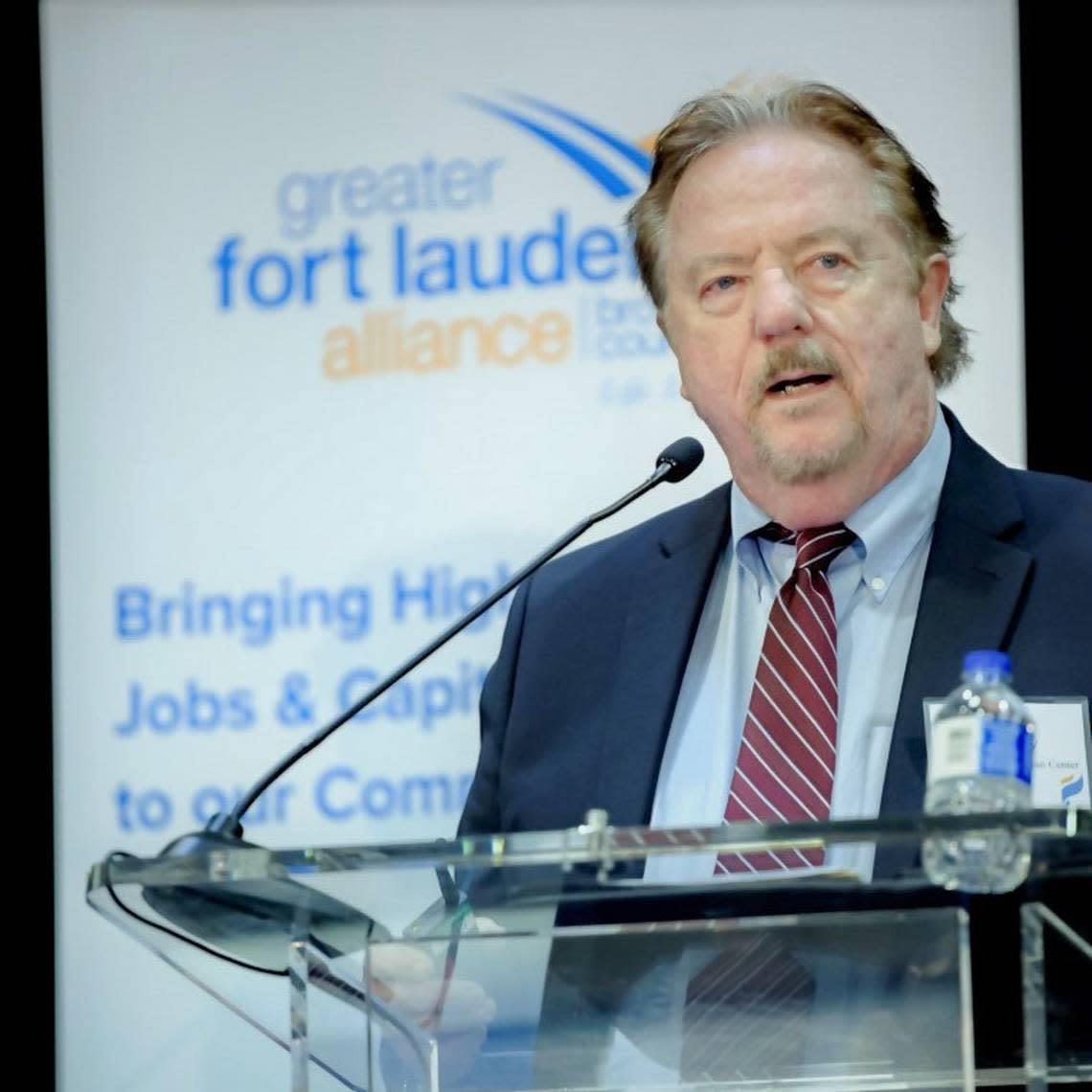
Both retail and leisure and hospitality will have the biggest job losses, Murray predicts.
Given the extent of the damage to some of the beachfront attractions, resorts, restaurants and popular spots like Ding Darling National Wildlife Reserve in Sanibel, tourist sites are going to be out of commission for awhile. In some instances, depending on how rebuilding goes — and that’s largely dependent on insurance money — it could be a year or two before places are rebuilt.
“The greatest impacts will be in leisure and hospitality (40,500 jobs) and retail (43,000 jobs) in Lee County. These are existing employment numbers from Florida Department of Economic Opportunities’ Current Employment Statistics for August 2022. Same for Collier County (27,900 leisure and hospitality jobs, and 21,400 retail jobs). Most of the leisure and hospitality jobs in both counties are nearer to the coast where most of the damage and economic impacts occurred,” Murray said.
Hotels and resorts that are able to secure repairs from the influx of contractors and repair crews could temporarily benefit from a different clientele.
“Emergency service employees and FEMA employees are frequently the salvation of the hotels that can be authorized to be open,” Quelch said. “So, those hotels that can open will have no shortage of customers but they will not be tourists. They will be emergency workers.”

What jobs should grow?
Both counties have solid construction employment numbers (Lee 36,300 jobs/Collier 20,400 jobs) that could help with the recovery.
“Important to note, both Lee and Collier Counties have seen significant economic growth over the last 10 years,” Murray said. “Their economies are much more diversified today with growth in high tech, financial services, transportation and health care. So, I see their overall economies should bounce back quickly.”
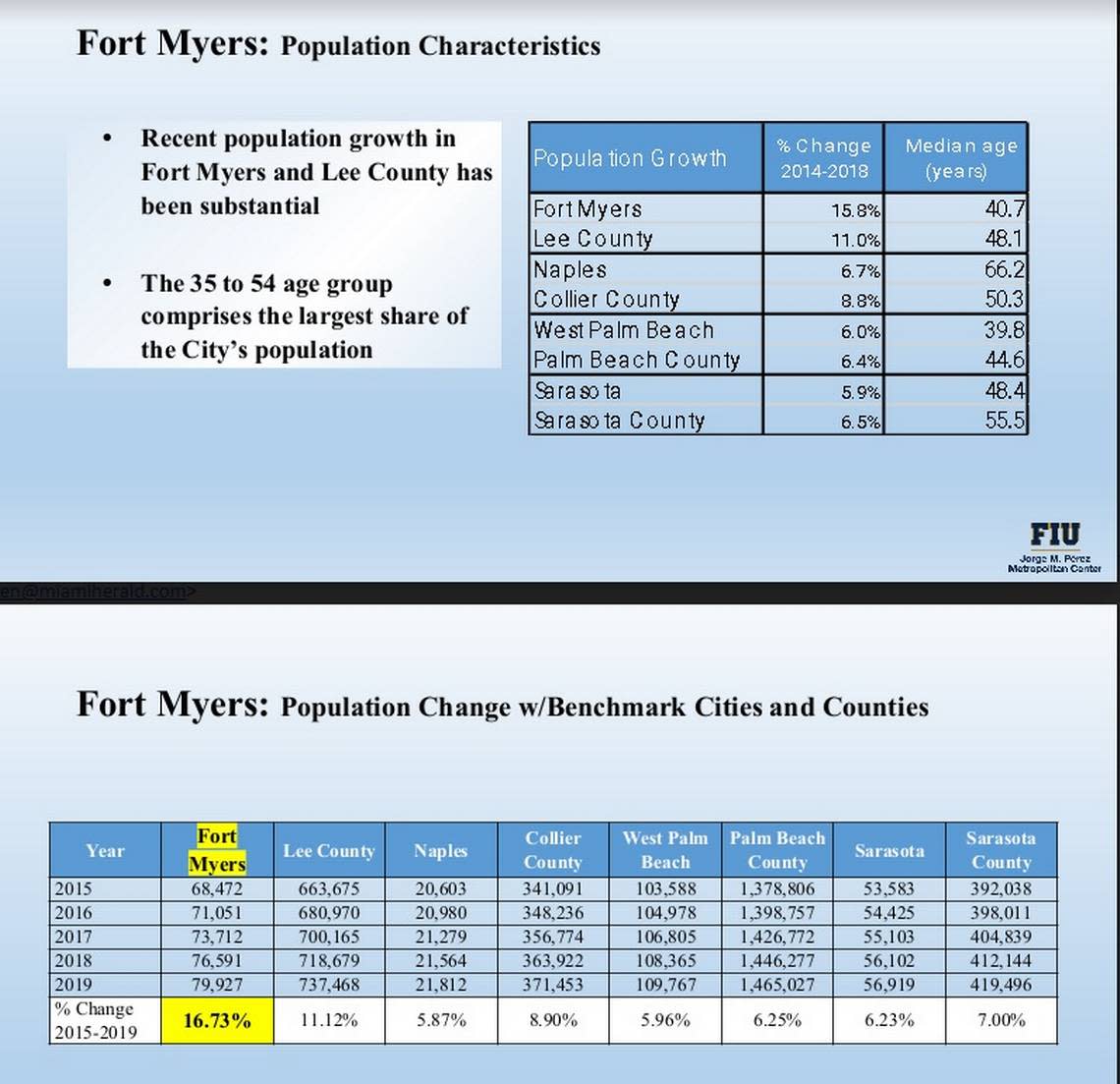
Both counties have growing construction employment, Murray added, noting that Lee had 4.5% year-over-year growth and Collier 11.5%. “Once recovery starts, both counties should be well poised to provide the necessary construction workers,” he said.
On Wednesday, Gov. Ron DeSantis and the Florida Department of Transportation announced that emergency road and bridge repairs on the drawbridge connecting Matlacha to Pine Island had been completed days ahead of schedule. Work on the bridge began on Monday after Ian destroyed parts of the roadway leading to the bridge on Sept. 28, isolating Pine Island, which is home to 9,000 residents.
“There’s a lot of opportunity for tradespeople to either move from other parts of Florida into the affected areas or to come from out of state,” said Quelch.
The rapid Pine Island bridge work is a bit of good news as relief supplies can begin to roll in over land to the community.
“Barrier island communities, especially Sanibel, which had damage to the causeway, face a longer haul. On Fort Myers Beach, there will be questions on overall resiliency, which will take some time to determine,” Murray said on Tuesday.
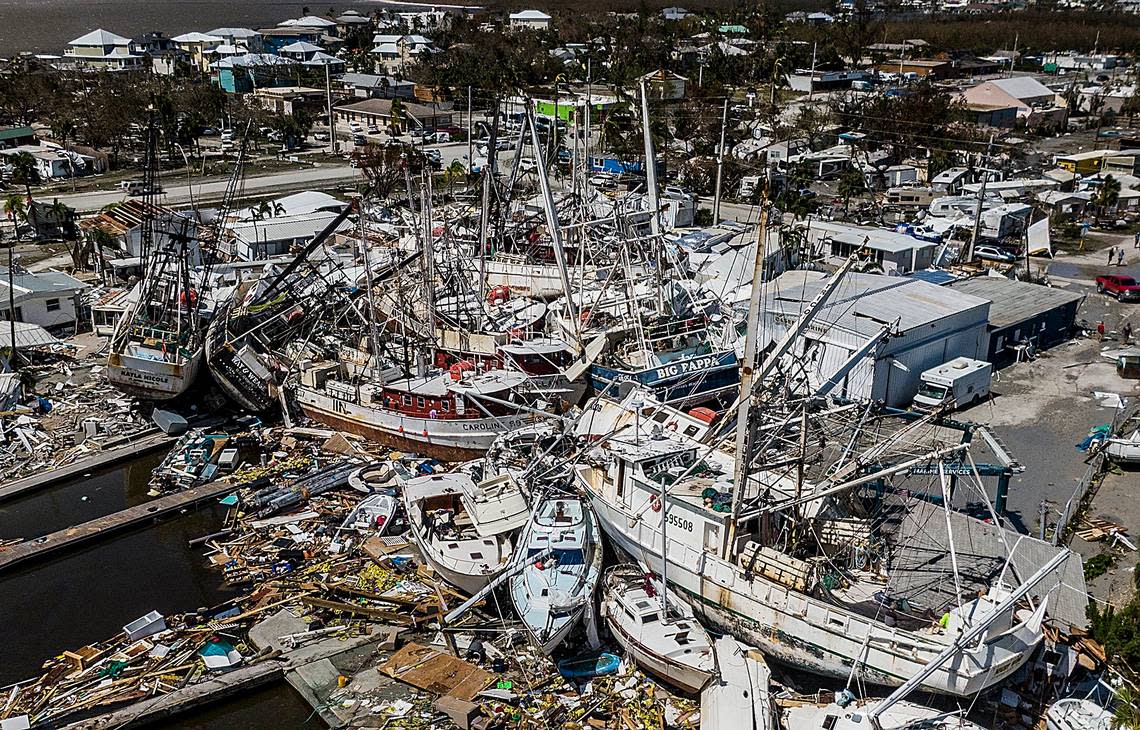
The insurance race
“Recovery and reconstruction should begin as soon as damage assessments are completed and insurance claims are settled. Based on Florida’s past experience with hurricane damage, settling insurance claims will be the biggest hold-up,” Murray said, a point also stressed by Quelch.
READ MORE: Will Florida’s ailing insurance industry get swamped by claims from Hurricane Ian?
“Insurance money cascades much more slowly than most people hope or expect in a simply massive volume of claims,” Quelch said. “The speed with which the insurance claims are processed and the funds delivered to the recipient is what determines that pace of reconstruction.”
Need to fix your home after Hurricane Ian? Contractor red flags to watch in Florida
Rebuilding and resiliency
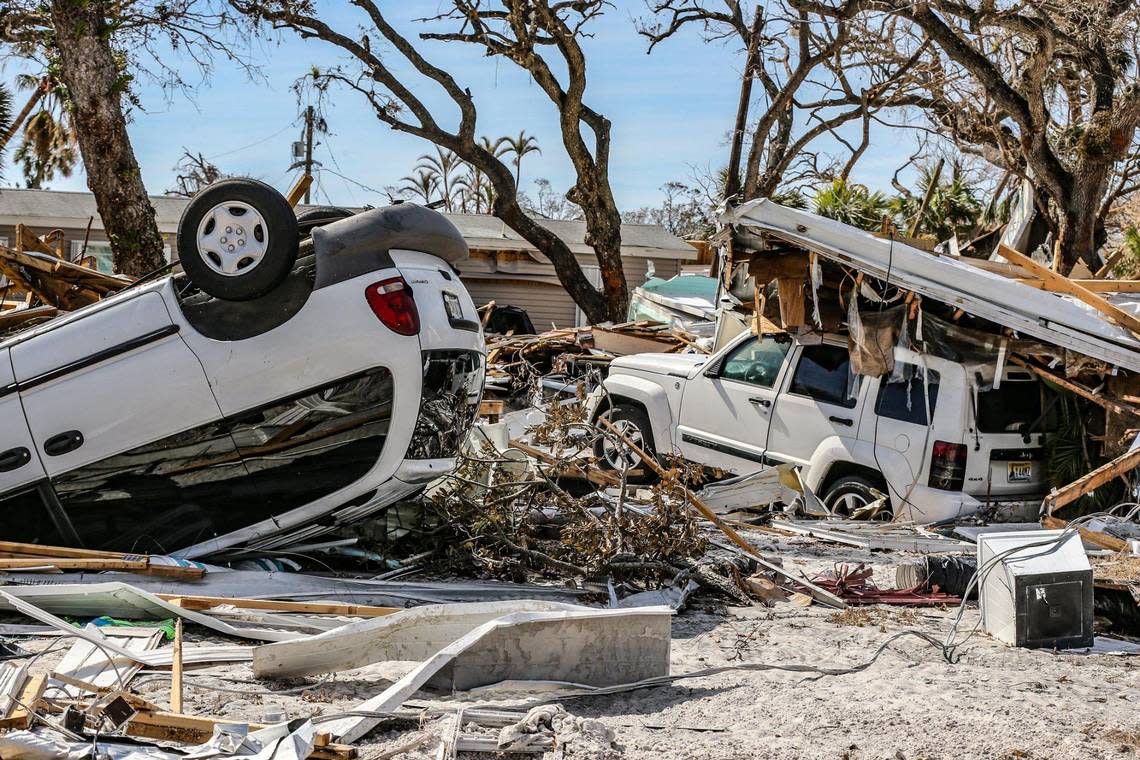
Rebuilding is also dependent on three things, Quelch said.
“One is the availability of contractors and labor. Second is the availability of the raw materials needed for the reconstruction. And then thirdly, a bit of a wrinkle I think, is the question mark around whether or not the existing building codes will have to be further enhanced before rebuild is authorized.”
Thirty hurricane seasons ago, in August 1992, Hurricane Andrew exposed holes in South Florida’s building code and revealed rampant shoddy construction work and lax enforcement from governments that were supposed to keep residents safe. After Andrew, sweeping changes to bolster South Florida’s building codes became law for new construction.
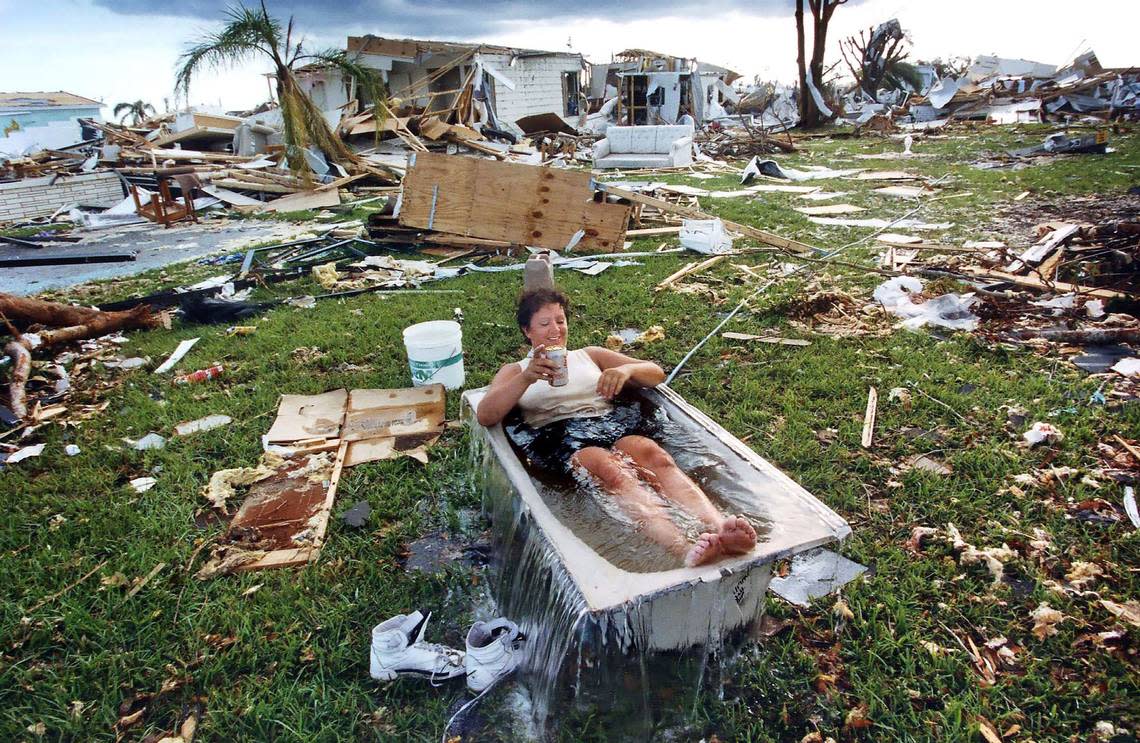
READ MORE: Hurricane Andrew’s legacy
“From a government point of view in looking at restoring the economy, it’s important to restore those public spaces and public lands that were especially relevant to the drivers of the economy before the storm,” Quelch said. “So to the extent that the attractions can be restored quickly, that is helpful.”
But, he notes, part of the charm of Southwest Florida’s region are its older structures that have character and history — Old Florida.
“These are, of course, not going to be easily restored or inexpensive to restore. So a significant question for, I think, the leadership in Fort Myers, will be how to pivot the economy to a mix of activities that is not necessarily as dependent on tourism, as was previously the case.
“Most of those people will, of course, migrate to other other cities, other towns, where jobs in that hospitality sector are available. But one thing I would stress is that while the images that we see today are disastrous, the speed with which a determined citizenry and leadership can recover a community is not to be underestimated.”
